Angelo Franciosini
Effect of top-down connections in Hierarchical Sparse Coding
Feb 03, 2020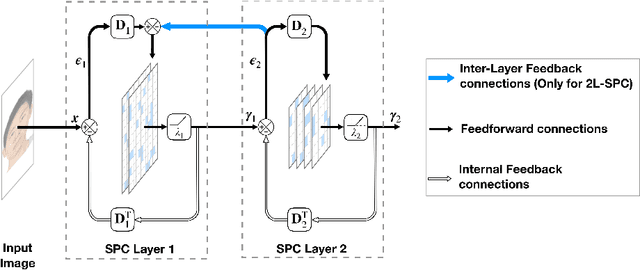
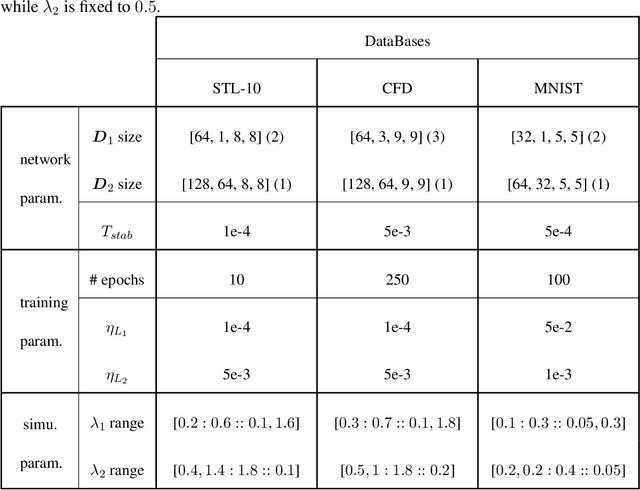
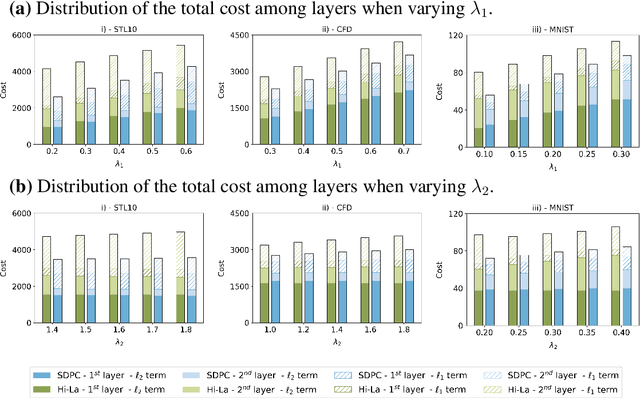
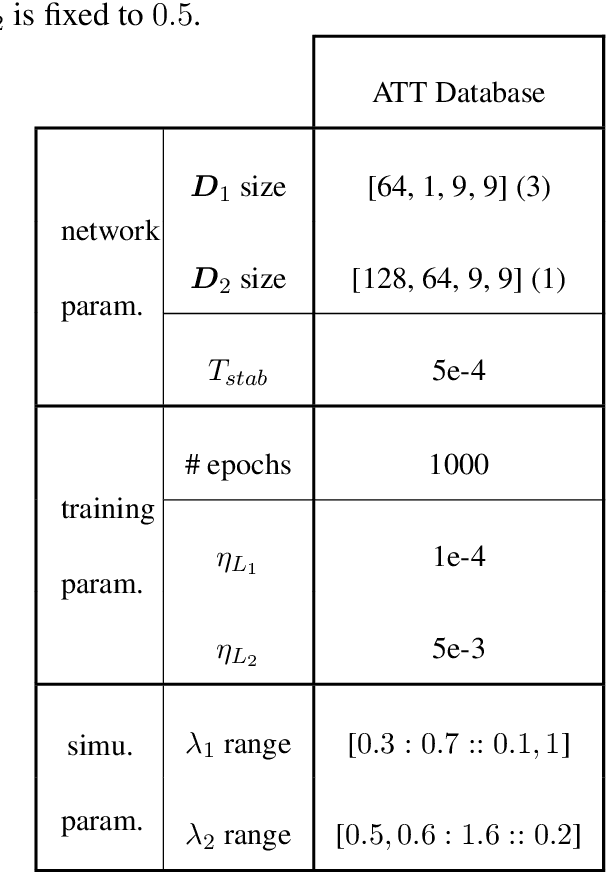
Abstract:Hierarchical Sparse Coding (HSC) is a powerful model to efficiently represent multi-dimensional, structured data such as images. The simplest solution to solve this computationally hard problem is to decompose it into independent layer-wise subproblems. However, neuroscientific evidence would suggest inter-connecting these subproblems as in the Predictive Coding (PC) theory, which adds top-down connections between consecutive layers. In this study, a new model called 2-Layers Sparse Predictive Coding (2L-SPC) is introduced to assess the impact of this inter-layer feedback connection. In particular, the 2L-SPC is compared with a Hierarchical Lasso (Hi-La) network made out of a sequence of independent Lasso layers. The 2L-SPC and the 2-layers Hi-La networks are trained on 4 different databases and with different sparsity parameters on each layer. First, we show that the overall prediction error generated by 2L-SPC is lower thanks to the feedback mechanism as it transfers prediction error between layers. Second, we demonstrate that the inference stage of the 2L-SPC is faster to converge than for the Hi-La model. Third, we show that the 2L-SPC also accelerates the learning process. Finally, the qualitative analysis of both models dictionaries, supported by their activation probability, show that the 2L-SPC features are more generic and informative.
Meaningful representations emerge from Sparse Deep Predictive Coding
Feb 20, 2019
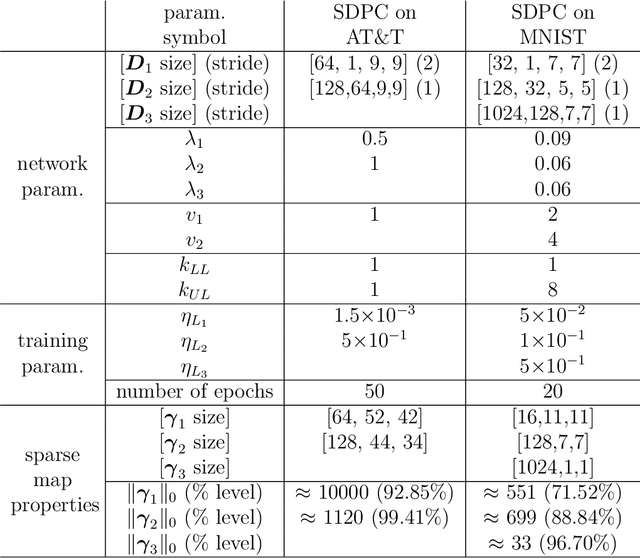

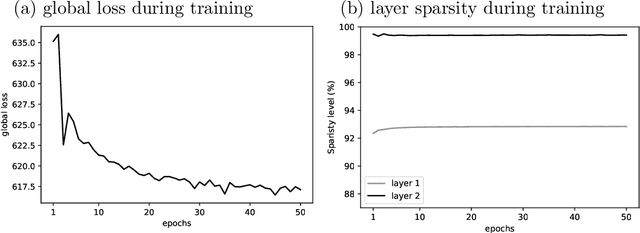
Abstract:Convolutional Neural Networks (CNNs) are the state-of-the-art algorithms used in computer vision. However, these models often suffer from the lack of interpretability of their information transformation process. To address this problem, we introduce a novel model called Sparse Deep Predictive Coding (SDPC). In a biologically realistic manner, SDPC mimics how the brain is efficiently representing visual information. This model complements the hierarchical convolutional layers found in CNNs with the feed-forward and feed-back update scheme described in the Predictive Coding (PC) theory and found in the architecture of the mammalian visual system. We experimentally demonstrate on two databases that the SDPC model extracts qualitatively meaningful features. These features, besides being similar to some of the biological Receptive Fields of the visual cortex, also represent hierarchically independent components of the image that are crucial to describe it in a generic manner. For the first time, the SDPC model demonstrates a meaningful representation of features within the hierarchical generative model and of the decision-making process leading to a specific prediction. A quantitative analysis reveals that the features extracted by the SDPC model encode the input image into a representation that is both easily classifiable and robust to noise.
From biological vision to unsupervised hierarchical sparse coding
Dec 04, 2018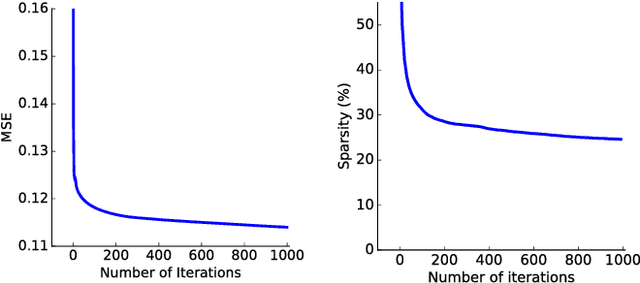
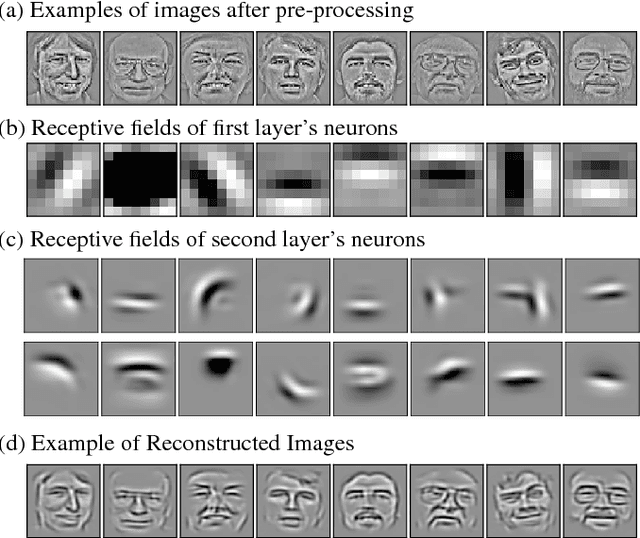
Abstract:The formation of connections between neural cells is emerging essentially from an unsupervised learning process. For instance, during the development of the primary visual cortex of mammals (V1), we observe the emergence of cells selective to localized and oriented features. This leads to the development of a rough contour-based representation of the retinal image in area V1. We propose a biological model of the formation of this representation along the thalamo-cortical pathway. To achieve this goal, we replicated the Multi-Layer Convolutional Sparse Coding (ML-CSC) algorithm developed by Michael Elad's group.
 Add to Chrome
Add to Chrome Add to Firefox
Add to Firefox Add to Edge
Add to Edge